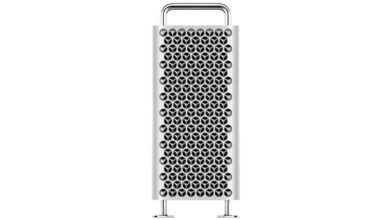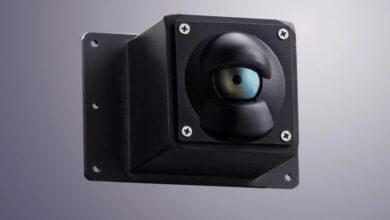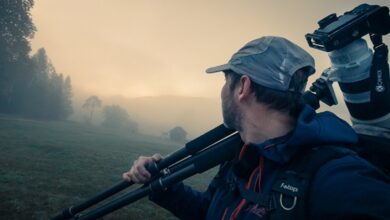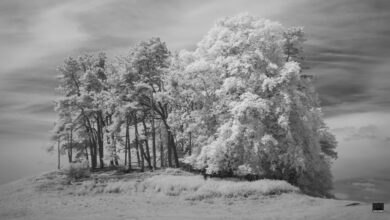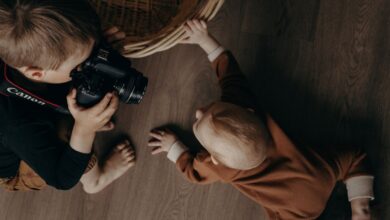Ideas and Tips for taking photos at the Fairgrounds
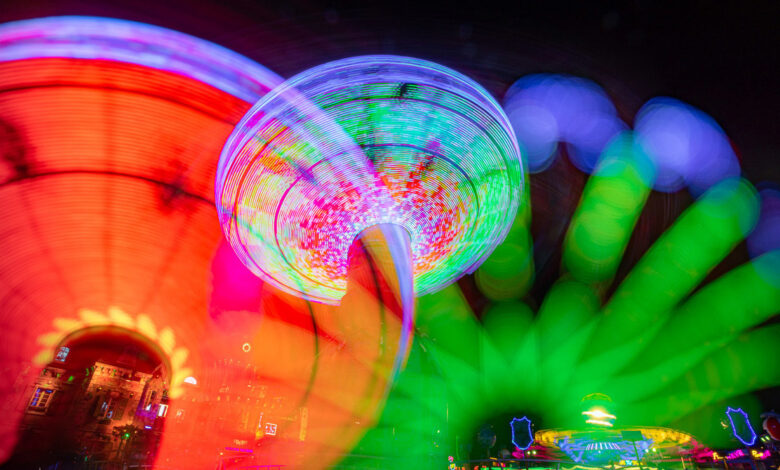
Taking pictures at a fairground can be a lot of fun. It’s a fun place to be, with lots of people, bright lights and action. It can also provide some challenges to taking great photos. I have some ideas and tips if you’re going to be photographing at a fairground.
Fairgrounds start to reappear in the Netherlands around spring. Traveling from one place to another, providing thrilling entertainment for so many people. For photographers, it can be a challenging subject. Shooting at a fairground at night offers a lot of possibilities. The light, action, and people having a great time are great subjects to photograph.
A fairground may seem chaotic at first. How is it possible to take good pictures in that chaos, where people are walking back and forth, talking, calling or shouting amid the ever-changing light and motion? Do you want to take photos of visitors to the fair or attractions? What settings do you need, and how can you bring order to that chaos?
Camera settings
It is not possible to use one setting that is suitable for all types of fair photography. The exact setting depends on the result you want to achieve or the subject you are shooting. Photographers often ask about EXIF data when seeing a photo taken at a fairground. But that won’t help much when they put in the effort on their own.
There are basically two types of photos you can take. The person who is recording everyone’s moments at the fairground. The other is the movement of fairground attractions. Both require different settings.
The first one is probably the hardest. Shooting people often requires a reasonably fast shutter speed. It means you have to rely on a high ISO, even if you can use a wide aperture like f/1.8 or f/1.4. I would definitely recommend a narrow depth of field to isolate someone from their surroundings. It provides a way to reduce distractions in the background. Usually, f/2.8 will work fine.
Exposure can be difficult due to large variations in light levels. The background is usually much brighter than your subject. You have to choose between exposing the highlights and the subject in the dark or a well exposed subject and highlights in the background. The choice is yours. A fill flash could be used, but that would draw attention.
The motion capture could be much easier. Just use a narrow aperture and low ISO. The shutter speed will become long enough to record the movement of the lights. You can even use a neutral density filter It’s easier to achieve the desired shutter speed, but I wouldn’t recommend something beyond three stops. Of course, a tripod is recommended.
Feeling calm in pictures
A fairground can be quite chaotic. Chaos can be distracting if you try to get too much into the frame. Using a wide-angle lens may allow you to capture a lot of light and interest in one shot, but it may not produce compelling images.
Often it’s better to pick a topic and focus on that. For example, zoom in on people and capture what they are doing. Or you can capture the amazing silhouettes of people standing in front of the brightly lit fairgrounds sights. Combine this with a longer shutter speed, and the results may surprise you.
Motion capture
Wherever you look at a fairground, all seems to move. Attractions and their lights never stand still. Shooting these sights with fast shutter speeds does not reveal the dynamics of the fairground; it just freezes the moment. Widen your shutter speed to capture that movement. Sometimes a second is enough, but you might want to experiment with that.
As discussed in the previous chapter, adding a human element can make a photo more appealing. It gives a sense of dimension, something the viewer can associate with. It doesn’t matter if these people move during the longer exposure. It just adds to the dynamism of the fairground.
Using Fill Flash
To address the difference in light levels between the person and the background, a fill flash can be useful. Just set the exposure for the background and use the flash to illuminate your subject. If you like, try dragging the shutter to add movement in the background.
Additional flash may not be suitable for realistic photography, as bright flash attracts attention. If you want to use fill flash, just ask people to pose. You will be surprised at how willing they are. Or you can bring your own model for a great photo shoot.
Use your creativity
Lighting at the fairgrounds provides plenty of room for creativity. Long shutter speeds in particular are a great way to express that creativity. But instead of taking long exposure photos from a tripod, try them handheld. Use Intentional Camera Motion (ICM) as a special effect.
Perhaps your camera offers multiple exposure modes in-camera. The fairgrounds are a perfect location for this type of image. Combine in-focus and out-of-focus shooting with large apertures for so-called bokeh shadows. Or you can combine a short shutter speed and a fast shutter speed. Let your imagination be your guide.
Do you have any other ideas or advice?
There can be plenty of other photographic possibilities at a fairground. Just try things out, no matter how silly they seem at first. See the results at home and review a second time with the knowledge and inspiration you got from your first result.
Perhaps you have another great idea or tip for this type of photography. If you do, do share it in a comment below. It can help to achieve lots of great and fun shots at a fair.
